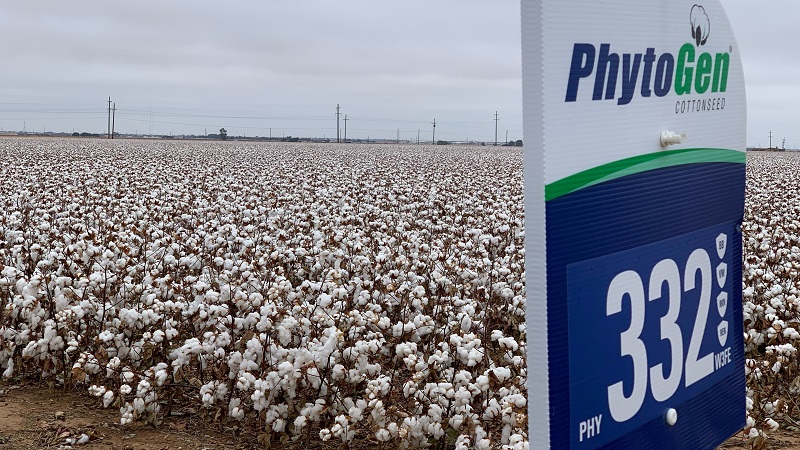Business Insider: Get Your Farm Financing House in Order
Cotton and other commodity crops have gone through a pretty tough patch the past several years. That provided challenges for growers and ag lenders. With prices on the rise, the prospects for the 2021 season look improved.
According to Curt Covington, Senior Director of Institutional Business with AgAmerica Lending, now is a good time to clean up the balance sheet. AgAmerica provides a variety of loan products designed to meet the needs of farmers and ranchers in all 50 states.
“Cotton prices have rebounded well above break even,” he says. “That should carry through 2021, and as more markets open back up, it is likely to continue through 2022. I think cotton is going to have a pretty decent run the next couple of years.”
However, Covington cautions what goes up, must come down. It is important to take advantage of this time before the inevitable downturn comes.
“In general, ag lenders will advise this is a time to build working capital back into your balance sheet,” he says. “Any financially savvy farmer realizes this is the right thing to do, but there’s always something tugging in the other direction. In difficult times, growers often defer equipment maintenance, certainly not buying new equipment. Growers might also back off their fertility programs in down times. In good times, it becomes a balancing act of managing profitability to take care of things like equipment and replenishing the soil, while also building some working capital into the balance sheet.”
Working capital is the first defense against price volatility. Most ag lenders like to see growers maintain working capital at about 20% of the next year’s operating expenses. So, if a farm’s operating expenses are $100,000, the grower would have $20,000 set aside for working capital.
“We realize that 20% figure is probably wishful thinking for many growers, but if you are in the cotton business and have that 20%, you are probably in pretty solid shape in good times and bad,” Covington says.
The Loan Game Plan
Covington has been in the ag lending business for more than 40 years and has advice for growers coming to bankers seeking financing. Here’s his tips:
- Be Prepared.“When you meet with your banker, have everything you will need to have an open and honest discussion about what your needs are. That means having financial statements and tax returns. If you are renewing a loan before current taxes are complete, have your most recent return on hand.”
- Look Ahead.“You need to have budget projections for the coming year and even longer term. This gives the lender a sense of comfort you have a plan in place. We know this 80-cent cotton won’t last forever, so what’s you plan for price volatility? And make these budget projections based on reasonable price expectations and achievable yields. We don’t want to hear fairy tales.”
- Marketing Plan.“This has become more and more important. Lenders want some degree of certainty of how you plan to market your crop. Are you on the open market? Do you plan to contract the crop? Are you using the futures market? It also is important that you stick to the plan that you present to the lender, or at the very least, let them know about any changes in advance. Also, very important in this discussion is how you intend to insure your crop.”
- Come with an Ask.“Never going into a meeting thinking it is the lender’s job to tell you how much financing they can give you. Always come with an ask. I need this much crop financing, this much equipment financing, and real estate refinancing, etc. It is not the job of the banker to tell you what you need.”









